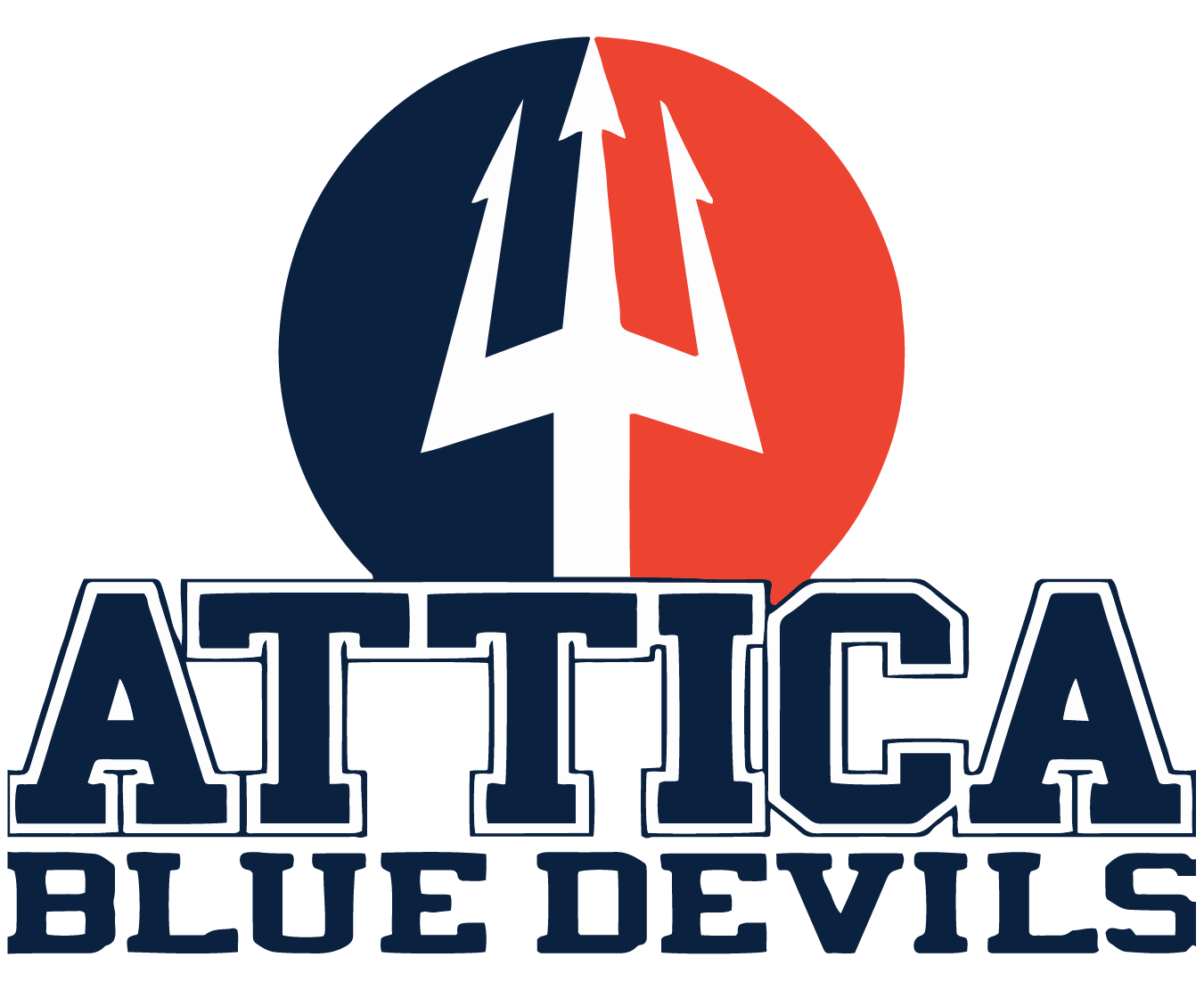Agriculture
INTRODUCTION TO AGRICULTURE
1 High School Credit (40 weeks)
Students will experience hands-on activities, projects and problem solving in this course. Student experiences will involve the study of communication, the science of agriculture, plants, animals, food science, natural resources, and agriculture mechanics. While surveying the opportunities available in agriculture and natural resources, students will learn to solve problems, conduct research, analyze data, work in teams and take responsibility for their work, actions and learning. For example, students will work in groups to determine the efficiency and environmental impacts of fuel sources in a practical learning exercise. Students will have the opportunity to grow plants both hydroponically and in a traditional manner in order to compare outcomes.
ANIMAL SCIENCE
1 High School Credit (40 weeks)
This is a foundation-level course engaging students in hands-on laboratories and activities to explore the world of animal agriculture. During the course, students develop a comprehensive Producer's Management Guide for an animal of their choice. Student experiences will involve the study of animal anatomy, physiology, behavior, nutrition, reproduction, health, selection and marketing. For example, students will acquire skills in meeting the nutritional needs of animals while developing balanced, economical rations. Throughout the course, students will consider the perceptions and preferences of individuals within local, regional and world markets. Students will explore hands-on projects and activities to learn the characteristics of animal science and work on major projects and problems similar to those that animal science specialists, such as veterinarians, zoologists, livestock producers and industry personnel face in their respective careers. Students will investigate, experiment, and learn about documenting a project, solving problems, and communicating their solutions to their peers and members of the professional community.
INTRODUCTION TO VET SCIENCE
.5 High School Science Credit (20 weeks)
This course students learn about anatomy and physiology, clinical exams, laboratory procedures, parasite identification methods, veterinary terms and math, and many other aspects of the veterinary hospital. Students participate in hands-on laboratory activities that incorporate advanced science and math skills into the exciting field of veterinary science.
SMALL ANIMAL MANAGEMENT
.5 High School Credit (20 weeks)
This course is designed to teach students about the management of small animals, which may include, but are not limited to: small animals, amphibians, reptiles, avian, dogs and cats. The student will understand the importance of responsible small animal ownership by explaining the domestication and use of small animals, the influence of small animals and the small animal industry on society, and the hazards associated with working in the small animal industry (including transmittance of disease and handling of dangerous chemicals). The student will evaluate current topics in animal rights and animal welfare, thus understanding the care and management requirements for a variety of small animals and be able to discuss the physical characteristics of each species studied; list the breeds or types of each species; discuss the habitat, housing and equipment needs for each; compare and contrast nutritional requirements; describe and practice common methods of handling, and use available laboratory equipment to perform procedures.
ANIMAL HEALTH
.5 High School Credit (20 weeks)
This course provides general knowledge on diseases and conditions affecting major livestock species. Major topics discussed in this course include: prevention of disease, herd health planning, responsible drug use, and the use of veterinary expertise.
HORTICULTURE
.5 High School Science Credit (20 weeks)
This course will prepare students to produce greenhouse/nursery plants and to maintain plant growth and propagation structures. Topics include soils, plants, plant identification, and plant entomology. Courses examine the importance of plant cell structures, functions of cells, plant processes, nonvascular plants, vascular plants, roots, stems, leaves, flowers, and reproduction of plants. Students may be introduced to the biological, environmental, conservation, and ecological concepts encountered in our environment.
LANDSCAPE DESIGN
.5 High School Credit (20 weeks)
This course offers instruction in design techniques for landscaping and greenhouse professions. Students study the use, growth and proper care of plants, ground covers, trees and shrubs. An emphasis is placed on design principles and maintenance practices. Students also learn how to grow various herbaceous, ornamental, and woody plants used in the industry.
AG BUSINESS
.5 High School Credit (20 weeks)
This course introduces students to business management in agriculture, mathematics, reading, and writing components woven in the context of agriculture. Students will use the introductory skills and knowledge developed in this course throughout subsequent CASE courses. The course includes concepts in starting a business, financial documents, risk management, and writing a business plan.
